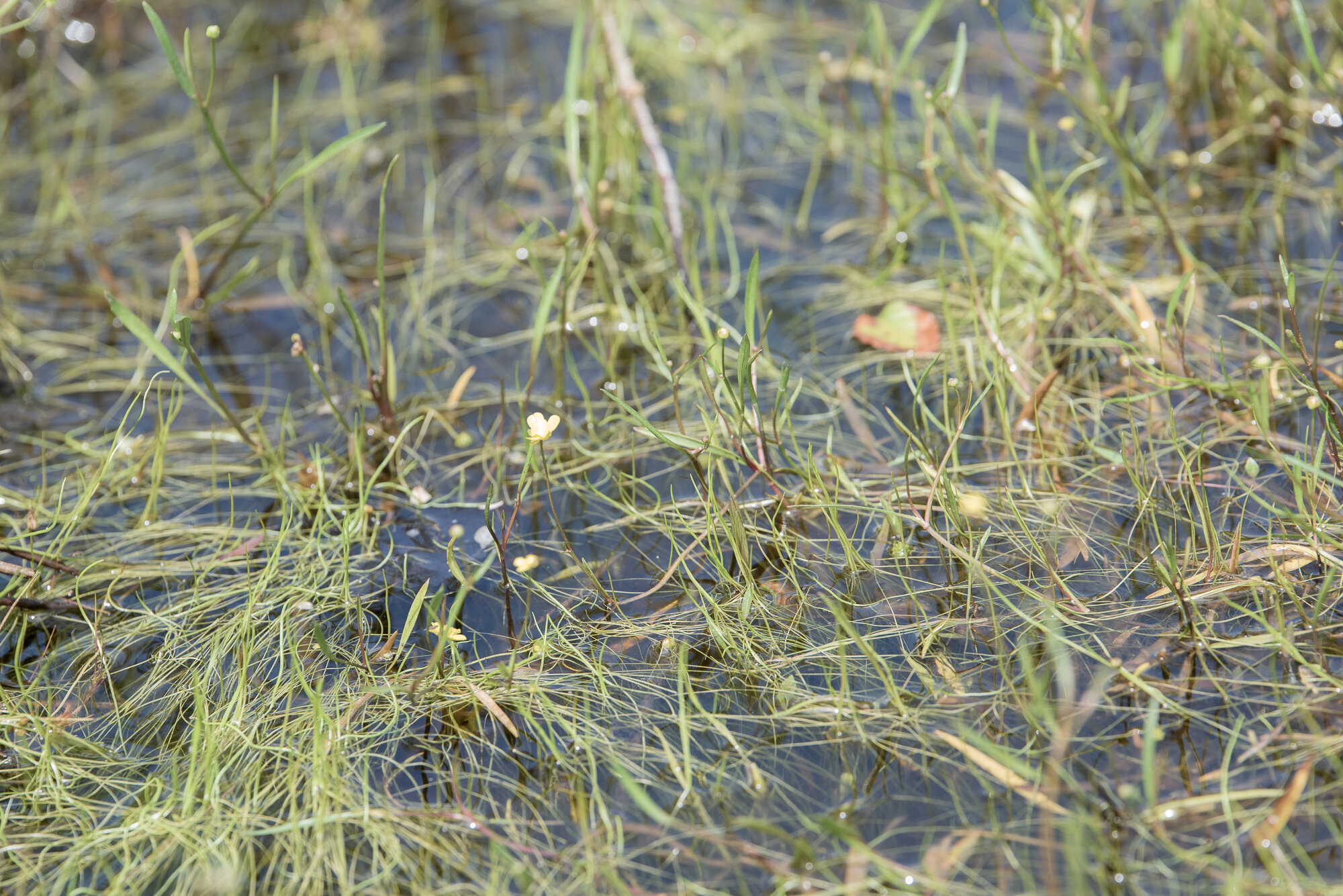Episode 3: Ferrers Vyvyan @ Trelowarren, Cornwall
“What really drives me is ... as a species ... what we’ve forgotten the environment can do for us”
Sir Ferrers Vyvyan - Cornishman, landowner, scientist, environmentalist
I was very fortunate to be introduced to Ferrers by Tim Smit, he of my first interview. Ferrers’ family has been on the Lizard Peninsula in Cornwall for more than 600 years, and despite some major changes and setbacks to their fortunes, they have a very forward thinking approach to the current challenges of land management.
Tim recommended Ferrers as he has been doing a rewidling project for nearly six years now, and so as the 2020 lockdown eased I managed to get a half day with Ferrers on his estate. The rewilding referred to was an area of lowland heath which formerly had a Sitka Spruce plantation. At the start of the project, this was felled, and most of the material removed; sitka is not a native species. The area was fenced off and four rescue Bodmin Ponies were introduced, with the aim of restoring the lowland heath habitat through grazing. No other intervention has occurred within the area - and there is no production, this project is entirely for nature'
The indicator specimen for a healthy habitat of this type is Erica Vagans, the ‘wandering’, or ‘Cornish’ heath and the Lizard is the only part of Great Britain where the species occurs naturally. hence it being seen as an immensely rare and important habitat. As you will seem the project has been immensely successful at providing the natural processes for Erica Vagans to come back, and at the same time providing a scrub habitat regularly disturbed by the ponies and which is perfect for wild flowers, pollinators and native trees to grow with the protection of the thorny islands.
Ferrers was immensely generous with his time and forthcoming at sharing his knowledge - which is clear from the podcast - and I am grateful for him welcoming me into his estate. Please listen below and let me know what you think.
My podcast including my interview with Ferrers can be found by pressing play here, or at the link below. The photos are best seen in the context of the audio.
The challenge with photography of rewilding is not falling into the trap of just focusing on the charismatic species, but capturing the processes. In this case study I am looking to bring the podcast to life and tell Ferrers’ story a little, and will develop the work further on my next visit.
Ferrers and pooch in the ryegrass ley which is currently grown for silage, but is a ‘green desert’.
Trelowarren
“Trelowarren is a microcosm of that argument [the conflict between food production and the environment] There’s me pushing the ecology and there’s Victoria pushing food security”
The history of the estate is long and varied. Ferrers states that they were at one point locked up in The Tower, and always seemed to ‘back the wrong horse’ - and you can find out more here - but what struck me on arrival was that the entrance road was unlike the well-manicured and groomed estates you find in other parts of the country. This was in fact because this area was a part of the land being rewilded, so the scrubby vegetation which is better for biodiversity was favoured over manicured bowling green lawns and topiary hedges; my first mention of a debate about the aesthetics of rewilded areas that will rumble on.
The wider influence of the family in Cornwall cannot should not be underplayed. The main street in Camborne is Trelowarren Street, and the pub at the end is the Vyvyan Arms. The influence is less now, but I saw the deprivation in Camborne, as a remote former mining community, and which can also be inferred from the photos below - bear in mind that this is the town’s high street. Like Trelowarren and much of the Lizard, this part of Cornwall is very dependent on the tourism industry.
Trelowarren now
All of the productive land at Trelowarren is tenanted out to local farmers, but as the interview states, Ferrers is keen to change the nature of these partnerships with tenants if he can so that they are still able to make income, but in a way that doesn’t involve monocultures - the ‘green deserts’ he mentions. He also mentions the daffodil fields - Glysophate (see FAQs) heaven - which are being phased out. Their experience with the rewilding area is leading them to make major changes, as you can hear in the podcast, such as introducing areas of wood pasture and more grazing herbivores.
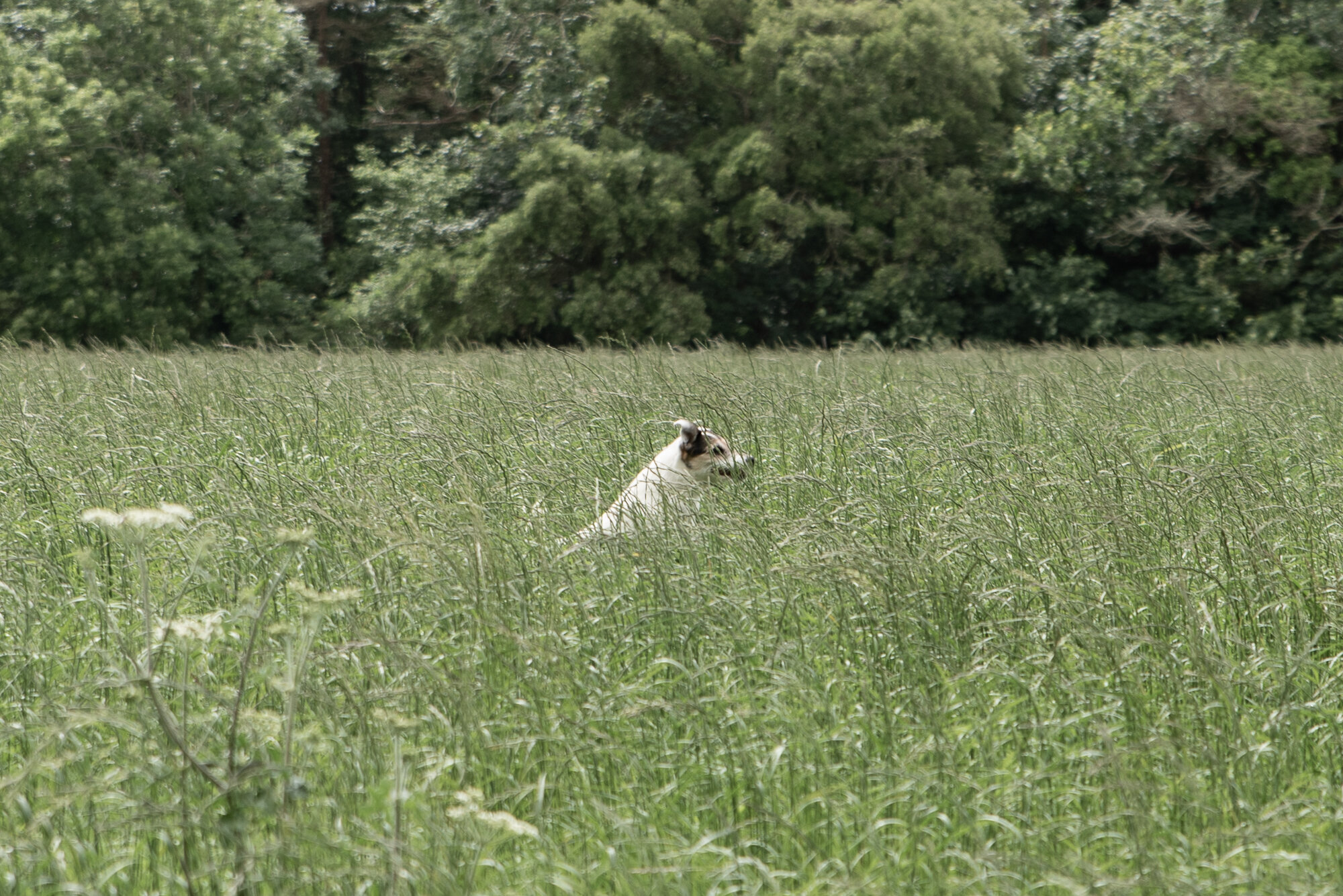
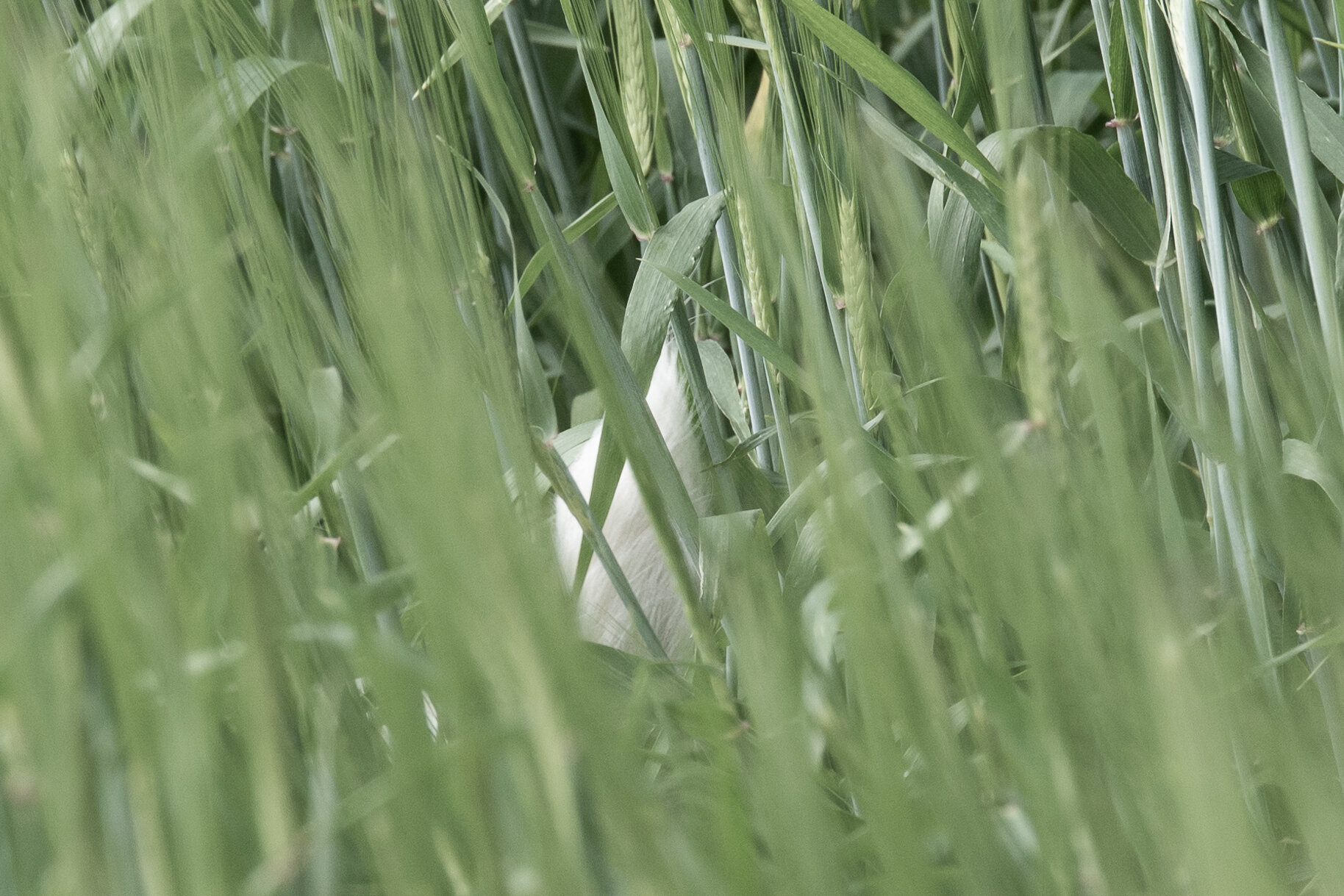
In addition to the agricultural land there are some small stands of plantation forestry which have their own value, but are being phased out or clear cut, as in the case of the wilding area. There are also some fabulous old growth stands of woodland, including the very gnarled oak below - very characteristic of the acid soils that support the Erica vagans.
Plantation forestry on the estate
Stunted and gnarled Oak, native to lowland heath.
Ferrers also mentioned the daffodil fields, a heaven for weedkillers and a disaster for soil ecology. Within the interview he mentioned the ‘natural capital’ gain alongside that represent by an exploded hedgerow; where a hedge is allowed to grow wild, and provide amazing habitat - most notable at Trelowarren by the re-emergence of four out of five of our native Owls. It is difficult to really get the feel for an exploded hedgerow - I will work on that :)
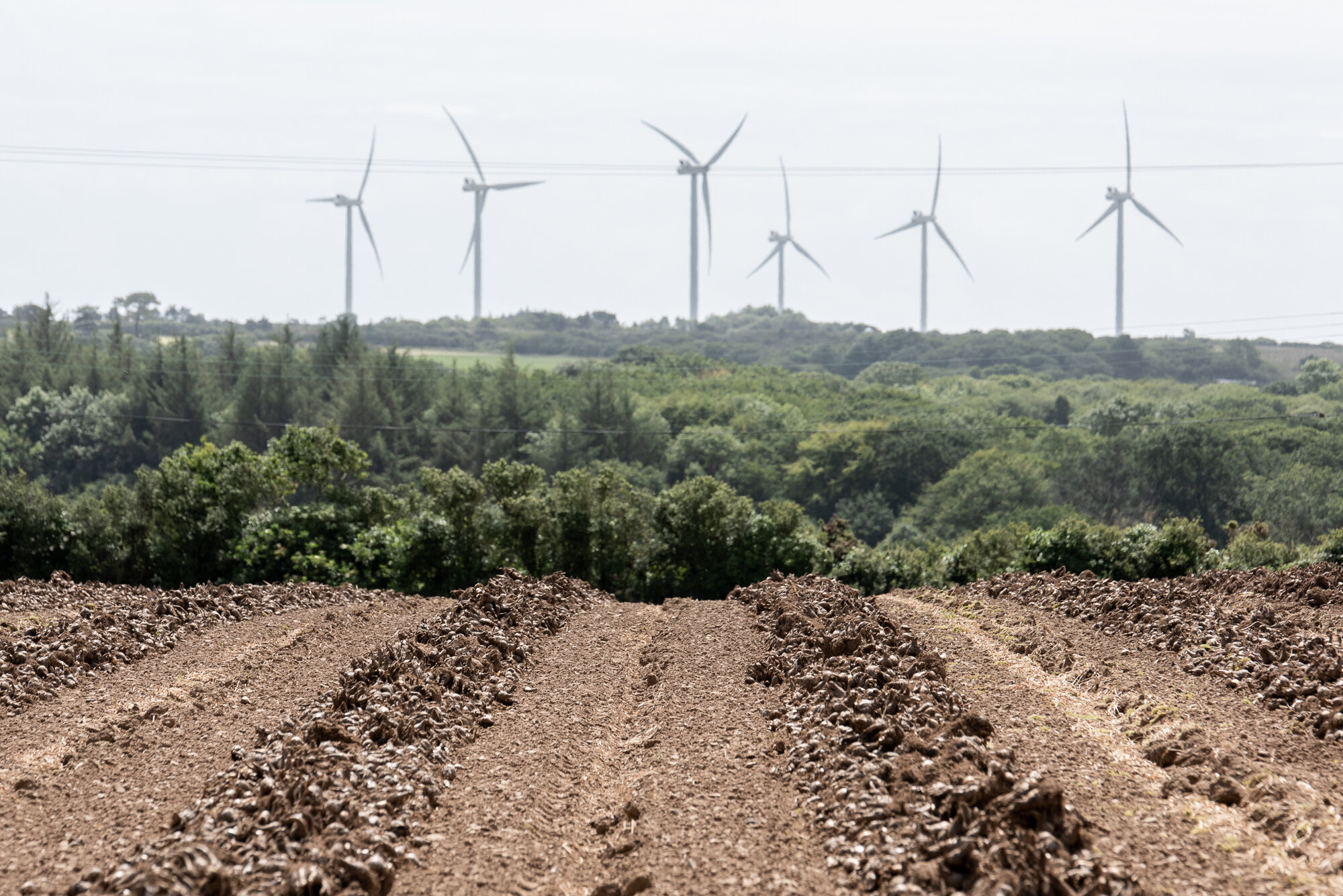

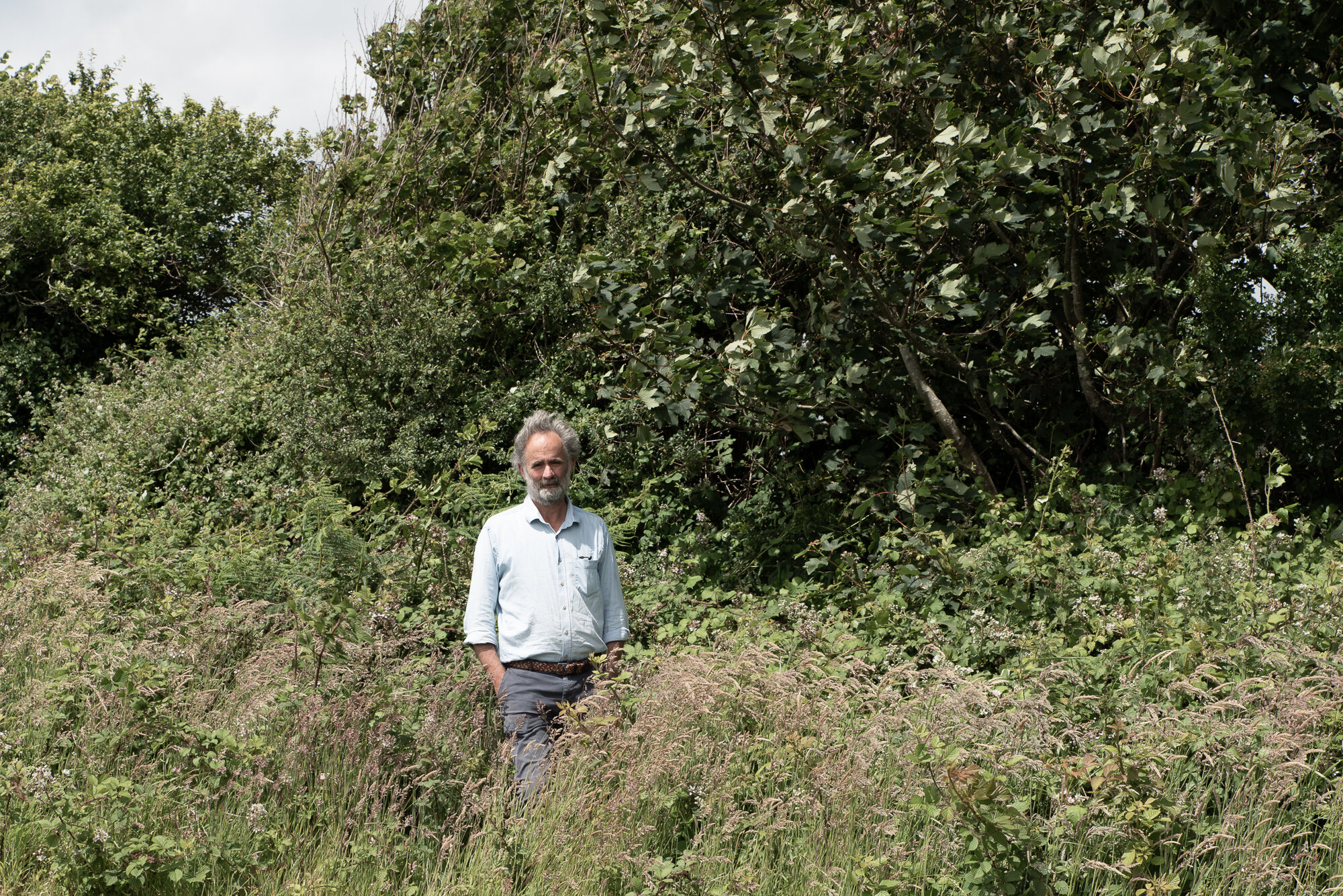
The wild space
The photos below show aspects of the area that has been left over the last six years. The lowland heath character includes scrubland, characteristic thorny mounds with trees growing out of them, black water pools and soil scuffed up by the ponies which lead to microhabitats and new niche spaces for biodiversity. The centre image is erica vagans, the ‘indicator’ species.
“However, what we’re learning now is, we’ve flipped that coin in the last 20 years on its head, and obviously any single species doesn’t live in isolation and is part of millennia ... of evolution living with its underground environment and its above ground environment, and that is complex ecology”
Erica vagans - the wandering heath
“There’s enough at Trelowarren to make it an exceptional place to live”
The ecosystem engineers
It is the ‘Dolly mixture’ of wild ponies at Trelowarren who do the work in the wild space - their scuffing of the ground, trail-making and grazing of rough material creates the ecosystem spaces to enable natural processes to happen. Since the last ice age we have always had grazing herbivores in this country, and their role is pivotal in ensuring that the area does not just end up as woodland, and that it allows a variety of life and mosaic of habitats to flourish.
I hope you like the photos and the interview. I hope to get back to Trelowarren and do an update in 2021. My thanks to Ferrers and Victoria, also, to you for listening and looking - please sign up to my email list here, and add a comment below if you wish. You can find out more about Trelowarren at trelowarren.com
If there are any terms that you don’t understand, please do look at the FAQs and links on the introductory page, or drop me a note and ask.

















